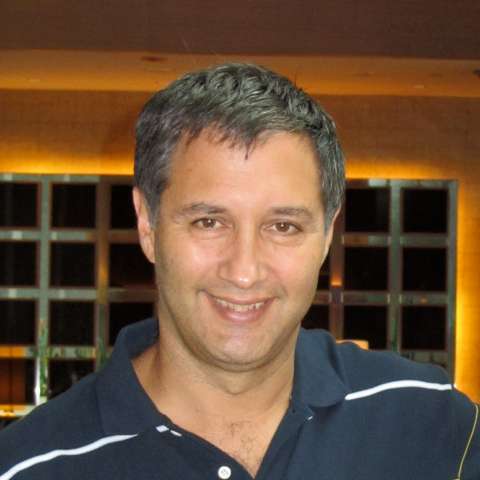What does deep space sound like? You know, the kind of deep space where you might be falling into a black hole? That’s the question posed by Anna Thorvaldsdottir in her 14-minute Metacosmos, played by her compatriots the Iceland Symphony Orchestra at Cadogan Hall last night. The scientific answer, of course, is “nothing at all” (sound doesn’t travel in a vacuum), but we all “know” a different answer, absorbed by cultural osmosis from a hundred science fiction movies, most memorably György Ligeti’s music for the “Star gate” scene in 2001: A Space Odyssey. Thorvaldsdottir stimulates those memories with a broad palette of sounds. Contrabassoon and double basses growl, cymbals shimmer, percussion instruments are struck or wiped or bowed, textures thicken and release, lyrical string passages come and go.
The Icelanders’ Chief Conductor Eva Ollikainen gave elegant, graceful movements and the orchestra responded well, although the violence of the string slaps might have been more shocking and some of the instrumental solos missed their mark by a fraction. But in sum, this was an effective, thrilling piece of music which will have converted at least some audience members who were putting up with the contemporary piece in order to hear the big Romantic works.
It won’t come as a surprise to anyone that Rachmaninov’s Piano Concerto no. 2 in C minor is a phenomenal piece of music and Sir Stephen Hough is a phenomenal pianist. Still, watching Hough play this was an experience to be savoured. Hough displayed a demonic level of concentration with complete economy of means. There wasn’t a single superfluous movement as he negotiated the hills and dales of Rachmaninov’s music, pulling melodies out of a wash of notes. In Hough’s playing, the timbre of each phrase was so much more than the sum of its individual notes, which made the big sweeping themes come through wonderfully. There may be no visible histrionics, but there’s high drama in the sound. The same qualities were on show in a generous encore, Grieg’s Notturno, with lyrical themes shining through cascades of notes.
However, there was little evidence of visual contact between soloist and conductor and this was reflected in some inconsistencies in the overall performance; Hough could produce a beautiful rubato that wasn’t quite in sync with the orchestra’s timing. For the most part, the orchestral sound was very much on the dark side, with bassoons, double basses and the lower registers of brass and strings predominant. Brightness was added when flute or oboe solos came in, but when the strings soared, they did so in dusky colours.
Ollikainen and the orchestra seemed more confident in Tchaikovsky's Fifth Symphony. In the steady, minor key opening, their dark colours worked well. The tempo changes were crisp; the waltzes lilted. The trombone and tuba section seemed to relish this piece, playing with verve and authority, and special mention is needed for timpanist Soraya Nayyar, who added rhythmic interest and solidity with every intervention. The third movement provided gracious gentility – a calm interlude in an angst-ridden life, perhaps, and the fourth was a suitable gallop to the finish line.




